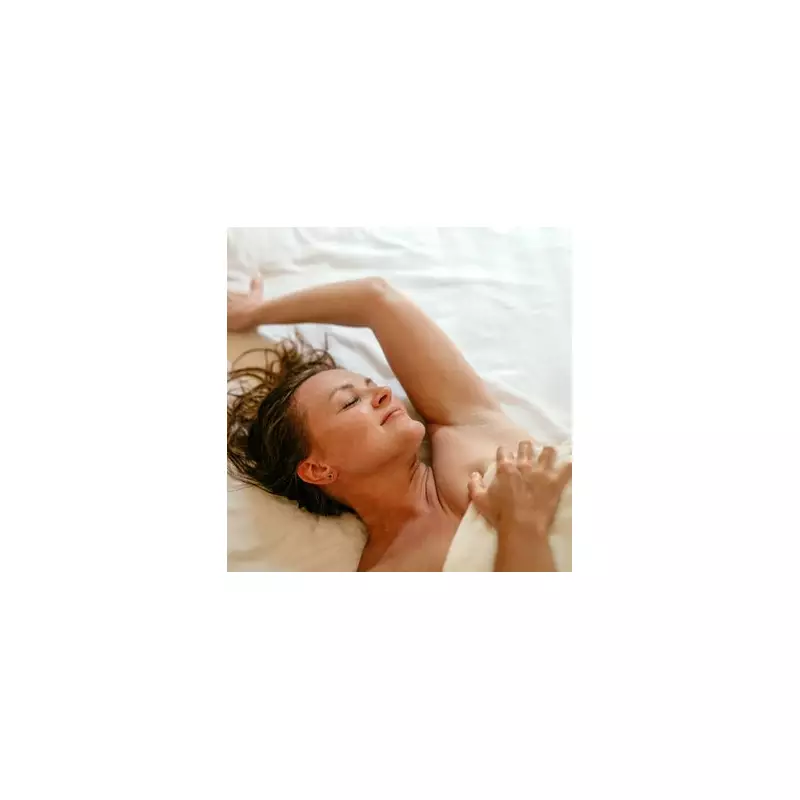
Are you among the millions who spend nights staring at the ceiling, desperately willing sleep to come? Sleep experts have revealed a surprisingly simple method that could finally bring an end to your tossing and turning.
The Frustration of Sleepless Nights
For those struggling with insomnia, the bedroom can become a place of anxiety rather than relaxation. The more we try to force sleep, the more elusive it becomes, creating a vicious cycle of frustration and exhaustion that affects every aspect of daily life.
The 15-Minute Solution
Sleep specialists advocate for what they call the 'quarter-hour rule' – a straightforward technique that could revolutionise your relationship with sleep. The principle is simple yet powerful: if you haven't fallen asleep within 15 minutes of getting into bed, you should get up and leave the bedroom.
Why This Method Works
"The brain needs to associate your bed with sleep, not with wakefulness or anxiety," explains one sleep researcher. When you remain in bed while awake and frustrated, you're essentially training your brain to see your bed as a place for worrying rather than resting.
By physically removing yourself from the sleep environment when sleep doesn't come, you break this negative association. The technique helps reset your brain's connection between bed and sleep, making it more likely that when you return to bed, your body will be ready to drift off naturally.
What to Do During Your 15-Minute Break
Sleep experts recommend engaging in calm, relaxing activities during your time out of bed:
- Read a physical book (avoiding bright screens)
- Practice gentle stretching or meditation
- Listen to soft music or a calming podcast
- Drink a warm, caffeine-free beverage
The key is to avoid stimulating activities like checking emails, watching exciting television shows, or engaging with social media. Only return to bed when you feel genuinely sleepy again.
The Science Behind the Technique
This approach is grounded in cognitive behavioural therapy for insomnia (CBT-I), which is widely considered the gold standard non-pharmaceutical treatment for sleep problems. Research has consistently shown that stimulus control – the principle behind this method – is highly effective in treating chronic insomnia.
Unlike sleeping pills, which can come with side effects and dependency risks, this natural technique addresses the root causes of sleep problems rather than just masking the symptoms.
Patience and Consistency Are Key
Experts caution that this method requires commitment and may take several weeks to produce significant results. The brain needs time to unlearn old habits and establish new, healthier sleep patterns. Many people report improvements within the first week, but lasting change typically comes with consistent practice over a longer period.
For those who have struggled with sleep for years, this simple 15-minute rule could be the key to finally achieving the restful nights they've been dreaming of.





